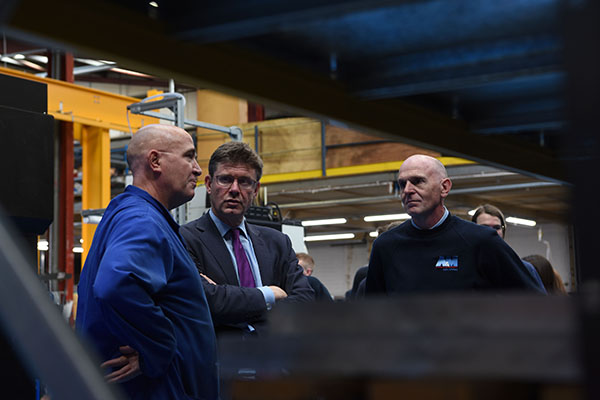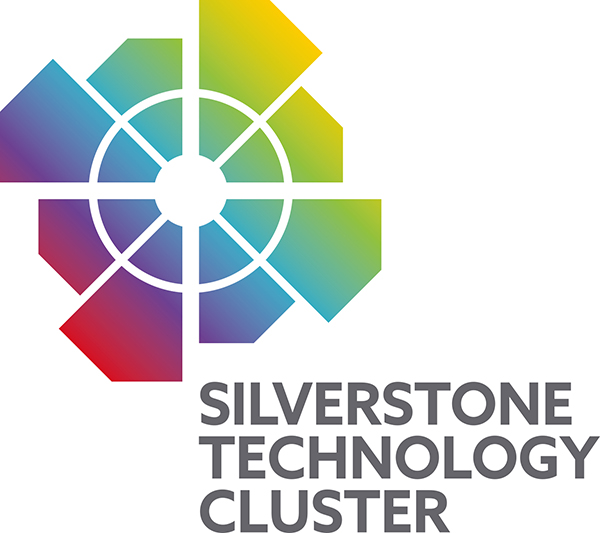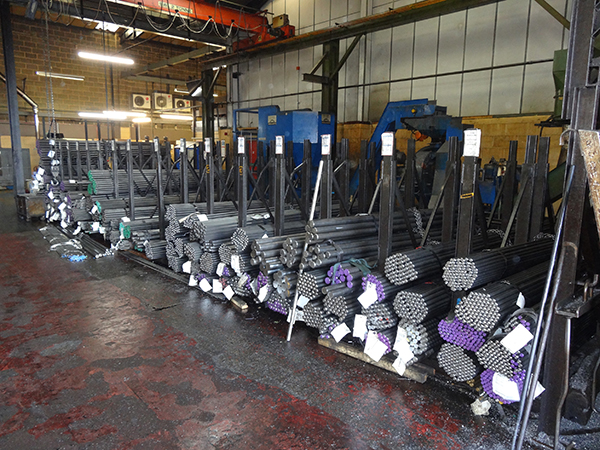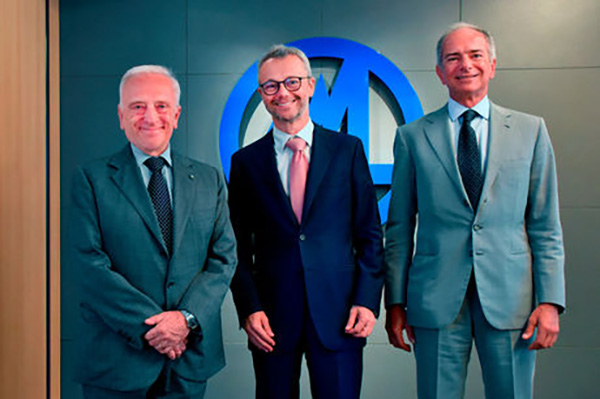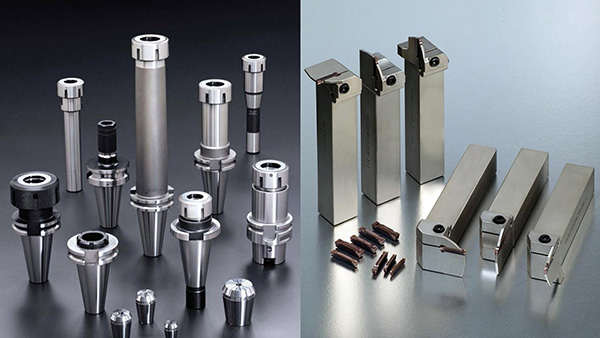Greg Clark, Secretary of State for Business, Energy and Industrial Strategy, recently visited precision engineering company A&M EDM in Smethwick, West Midlands to understand what drives growth and the issues facing a manufacturing SME.

The Business Secretary met some of A&M’s current and recent apprentices, speaking to individuals about their motivation to take up an apprenticeship, the work they undertake and the skills they are developing by working with experienced engineers. All of A&M’s apprentices study for academic engineering qualifications at Dudley College.
Mark Wingfield, managing director of A&M EDM, said: “We had an informed discussion with the Business Secretary on how the Industrial Strategy can accelerate West Midlands manufacturing and A&M’s initiative to develop its own apprentices.”
Added Clark: “The Industrial Strategy for the West Midlands will harness its distinctive strengths to unlock greater growth and earning power across the region’s cities and towns.”
A&M showcased engines and components manufactured for aerospace and automotive customers. In addition, Clark saw a new high-speed CNC machining centre and handheld alloy analyser in action; these were part funded by a Black Country Local Enterprise Partnership (LEP) grant to create new manufacturing jobs.
The Business Secretary discussed the practical implementation of the Industrial Strategy with senior representatives of the Black Country Chamber of Commerce, Black Country LEP, Dudley College and the EEF.
A&M has grown from a two man start-up in 2002, to 67 staff and sales of over £6m in 2018. This has been achieved using EDM and CNC machining to design and manufacture precision components and tooling for a range of UK and international customers.
For further information www.amedm.co.uk






